Germany
Hi all. Thank you for visiting.
I hope everyone has been enjoying the blog. I have made an effort to keep everything I have been sharing with you mostly in a positive light.
Our trip included visits to two ports in Germany. As you know, some of Germany’s past had been somewhat dark. Today’s blog covers some of these things, and I apologize in advance that some of the subjects discussed today are not pleasant.
One of my excursions took me to a German concentration camp. It was a very somber experience, and I have chosen to leave most of the details out of the blog.
I encourage everyone to read the short poem
First They Came by German theologist Martin Niemöller. It pretty much summarizes the feeling that were brought upon me by my visit the Sachsenhausen Concentration Camp.
Thank you for understanding, and thank you again for checking in.
Warnemünde
On July 30th, we arrived in our first stop in the country of Germany. Hard to believe it is already August tomorrow. Time flies when you’re having funfegnugen.
Our port of call was Warnemünde (pronounced vaa· nuh · mun · duh). I got a kick out of last night’s show. The Cruise Director Jeoff from London) is quite the hoot. He said something along the lines of “Tomorrow we will be in, uh, who the heck knows? It is so hard to pronounce, even the Germans just call it “the port of Berlin”. That’s right. We will be in the port of Berlin.”
So the truth is, Berlin is a two-and-a-half hour train ride to Berlin. However, in reality, the train tracks are about a hundred steps from the gangway, and other than the nearby restaurants, there is little to see or do in Warnemünde, although Ms. Karen had a fabulous meal at a German restaurant here. It was a Bratwurst, but it was beer battered and fried. A German corn dog! Who knew? She said it was excellent.
So I opted for a tour to Berlin. The original plans had all of the tours going to Berlin using buses, but apparently the Olympics in Paris caused issues with the buses, so a private train was arranged. Very nice.
Lots of excursions to choose from, almost all in Berlin. I had mixed feelings, but eventually opted for a visit to a Nazi concentration camp. (Yikes!)
We had previously visited the United States Holocaust Memorial Museum in Washington DC. I have to say that that museum changed my life. While it was absolutely heartbreaking, it had such a profound impact on me that I felt compelled to take this excursion. (Also, it pretty much ruined me for other museums.)
Karen on the other hand was unable to participate in this excursion. I appreciate how she feels, and as much as I wanted her to be by my side, I can’t really argue with her feelings. Pretty overwhelming topic…
The train was very nice. And we arrived in the Hauptbahnhof (Berlin Central Station) the largest train station in Germany, which serves 270,000 passengers per day.

Our visit took us on a tour of The Brandenburg Gate and Unity Plaza, which has been an important gathering location throughout Germany’s tumultuous history.

Afterwards, we visited the Memorial to the Murdered Jews of Europe, which was very memorable. It consists of nearly 3,000 rectangular cement cubes of various heights (many, much taller than I) with little pathways between them. The pathways are slightly askew, and wandering through them is very impactful.
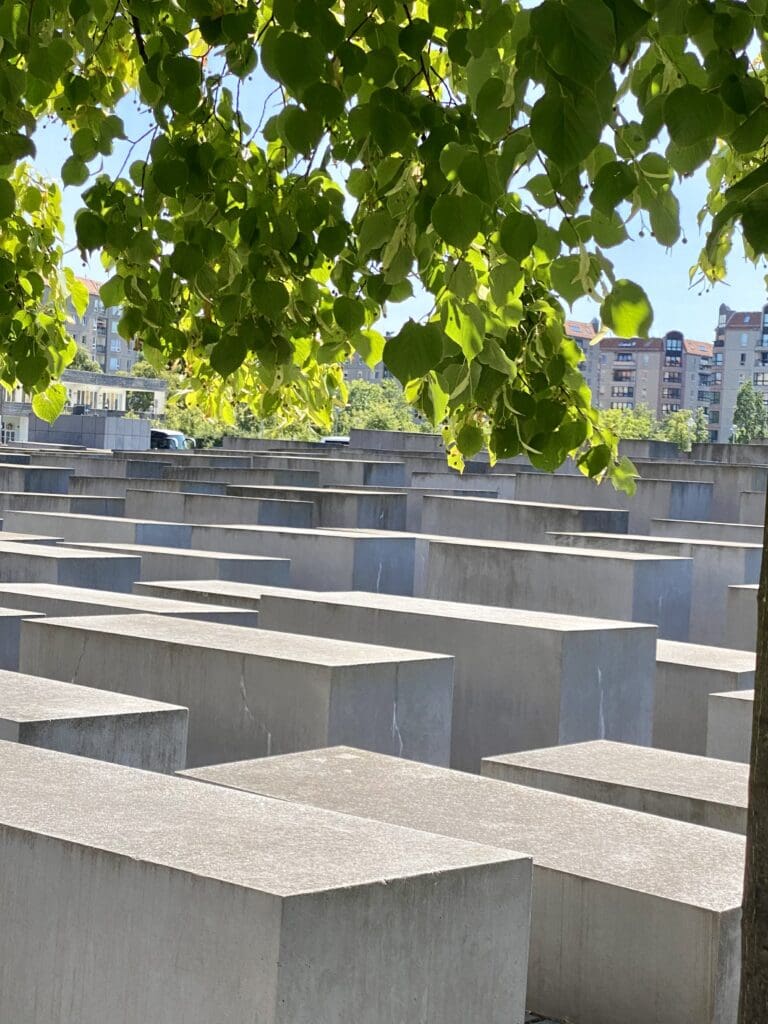
There are the names of some three million Jewish Holocaust victims listed in the underground memorial beneath the exhibit’s somber stelae. Very impactful.
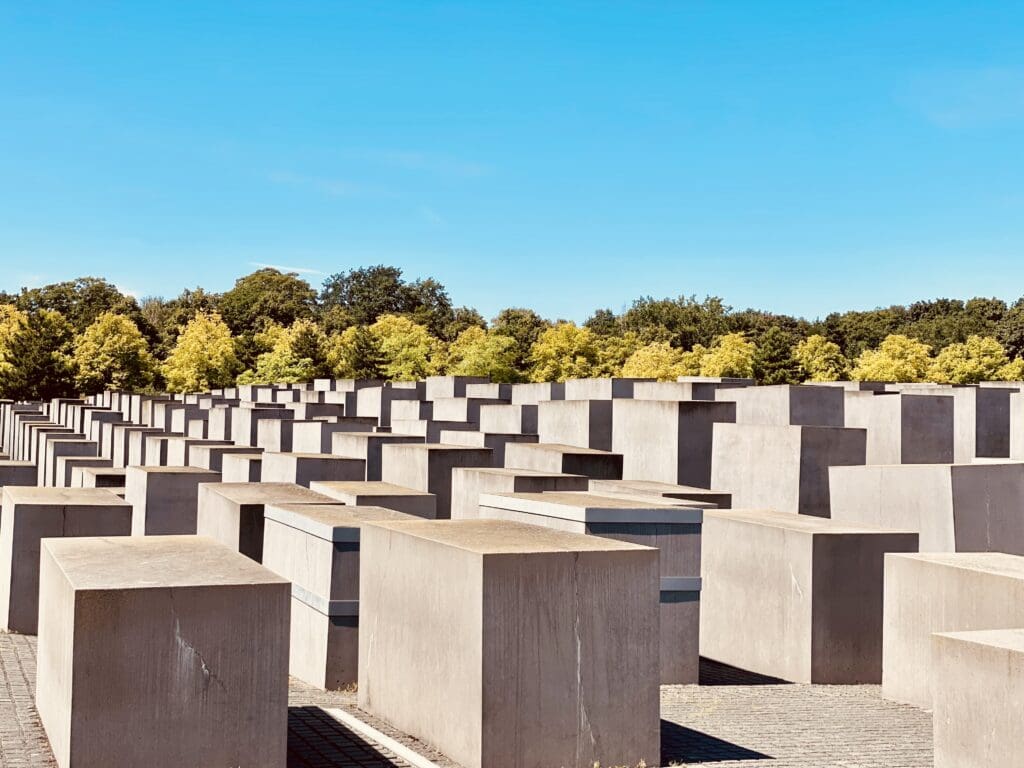
I was also able to visit the Berlin Wall, which was toppled some 35 years ago at the end of the Cold War. Pretty neat.
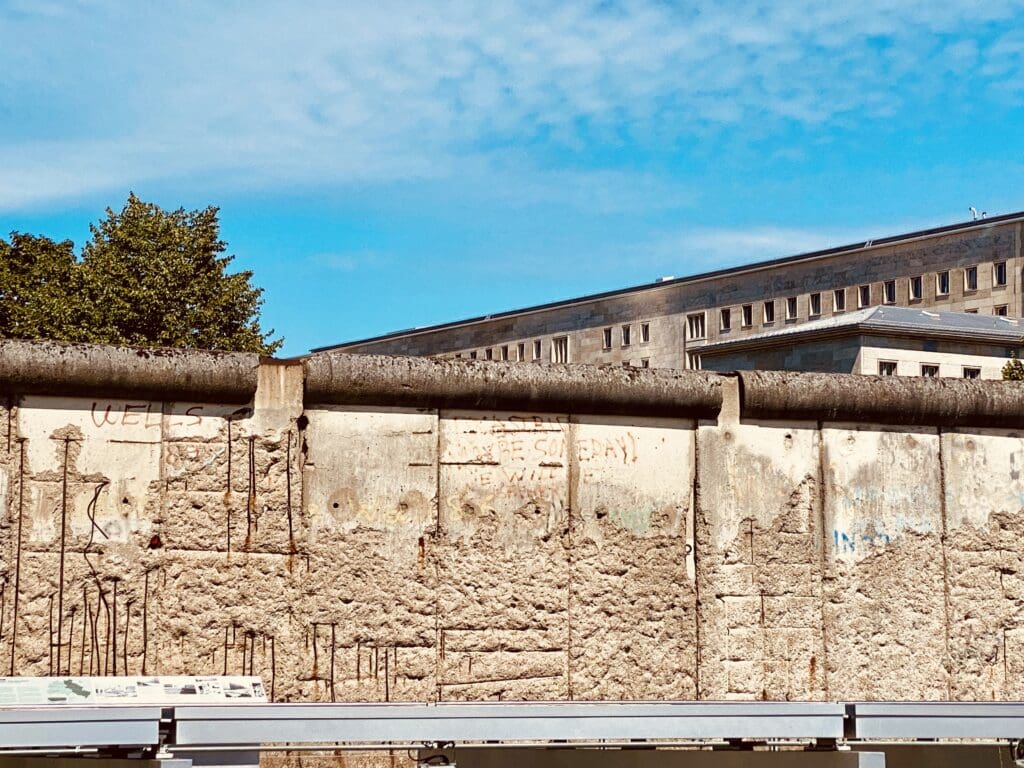
Driving through Berlin, one can see double rows if cobblestone bricks layed in parallel with each other all score the city. These mark where the wall one was. Remarkably, they tend to run caddy corner to most of the walkways and streets throughout town. That is because, when they tore down all but a small memorial section of the 100 miles long, they redesigned the entire city, making room for merging the East Berlin capital with the West Berlin capital, which was relocated from 700 miles west at that time. This created the new Unified German Government”.
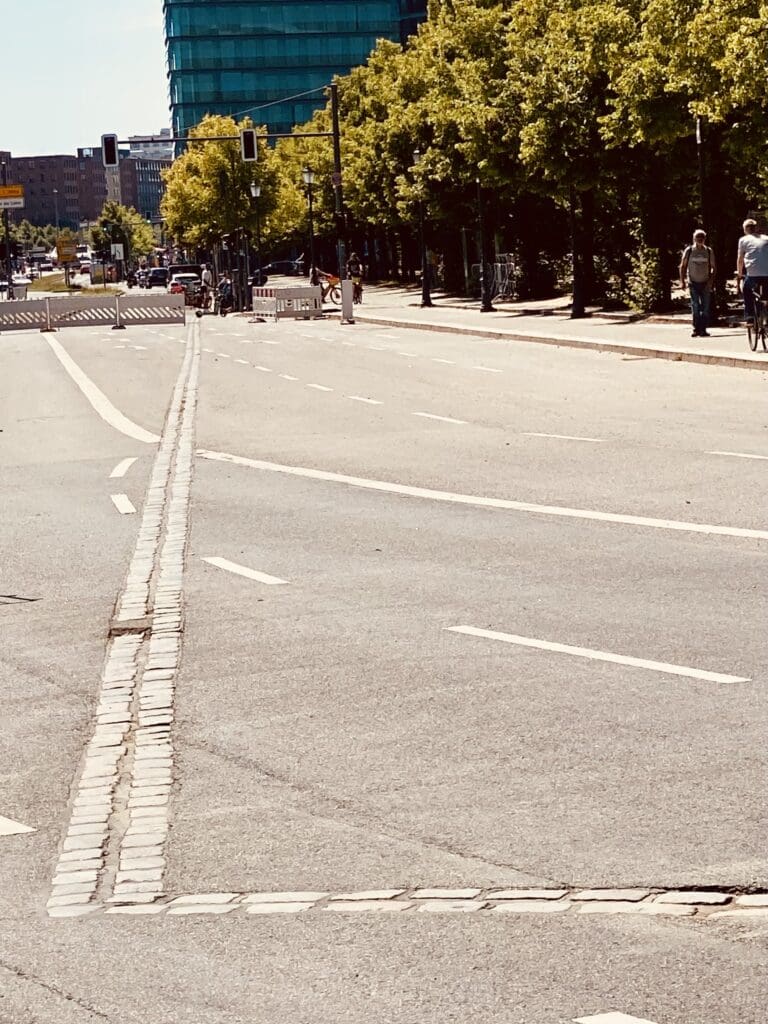
Interestingly, when Germany lost WWII, they negotiated to pay repetitions to everyone (except France, who demanded their money immediately) by 1970. However, it actually took them until 2010 to repay the debt. (A full 30 years after the Berlin Wall fell).

Prior to WWII, 38% of Germany voted for the nazi party (Hitler) during the elections. Hitler had a vision to bring prosperity to the country, but…
At the end of the war, Russia conquered Berlin in 1945, ending the war. At that time, there was never an intent to have 2 cities or a wall, which Russia built in 1961.
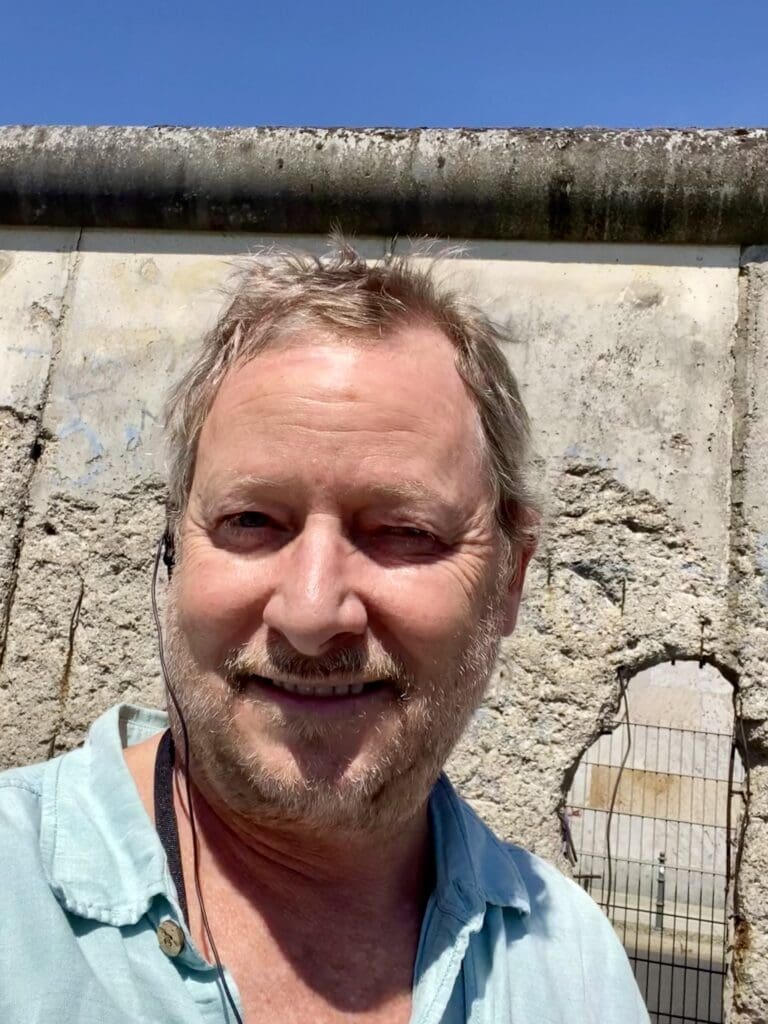
In addition to barbed wire, the wall had a big metal sewer pipe mounted to the top of it. Russia would freeze the pipe, making it slippery.
There was a single place where folks (with papers) could cross between East and West Berlin. This militarized zone had a little white shack called Checkpoint Charlie.
The rules said that diplomatic personnel could move through the checkpoint unencumbered. However, in 1961, Russia stopped a diplomatic vehicle entering East Berlin and held the diplomats at gunpoint. This resulted in ten American Tanks and ten Russian Tanks having a 16 hour face off in the streets. This all happened just months after Russia constructed the wall. It ended peacefully enough though, and within a short 28 years, everyone made up, and lived happily ever after (for another 30 or so years).
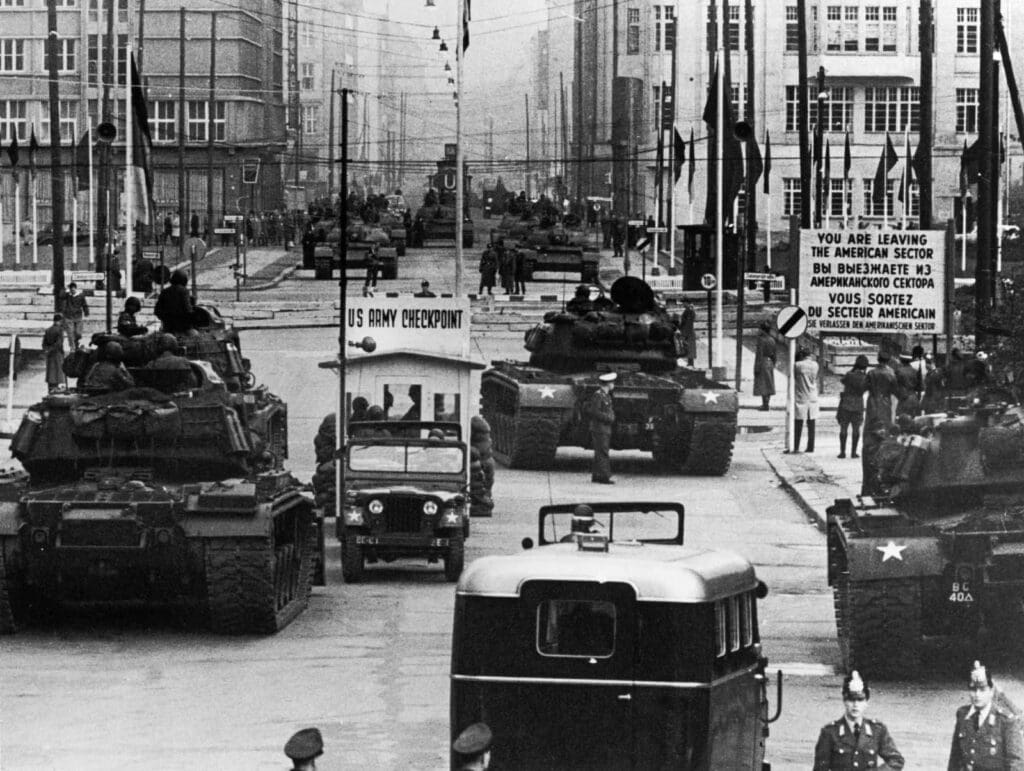
Berlin ‘s Paris Square’s famed Brandenble Gate is where they celebrated when Germany and Russia teamed up and pushed napolian from the square during the French Persian War in the early 1800s. At that time (believe it or not) many Jews came to Germany to avoid persecution.
At the beginning of WWII, Germany attacked Poland, where Europe’s largest concentrations of Jewish people lived, and attacked Russia shortly afterwards.
During the war, Jews were generally defined by if one’s mother was Jewish. However, the Germans definition was if one of a persons four grandparents were Jewish.
At that time, Germany had 500,000 German Jewish citizens. Half were killed during the war. Of Europes 11 million Jewish people, 3.5 million were killed during the war. However, Germany destroy so many record, historians now believe the number was closer to 6 million killed.
During the war, Germany sent Jews to concentration camps. Most soldiers that were captured were sent to German POW camps. However, Russia did not sign the Genova Convention, and their captured soldiers were sent to the concentration camp with the Jews instead of POW camps. Also, 50,000 Russian officers were killed. They also emptied out their prisons into the concentration camps.
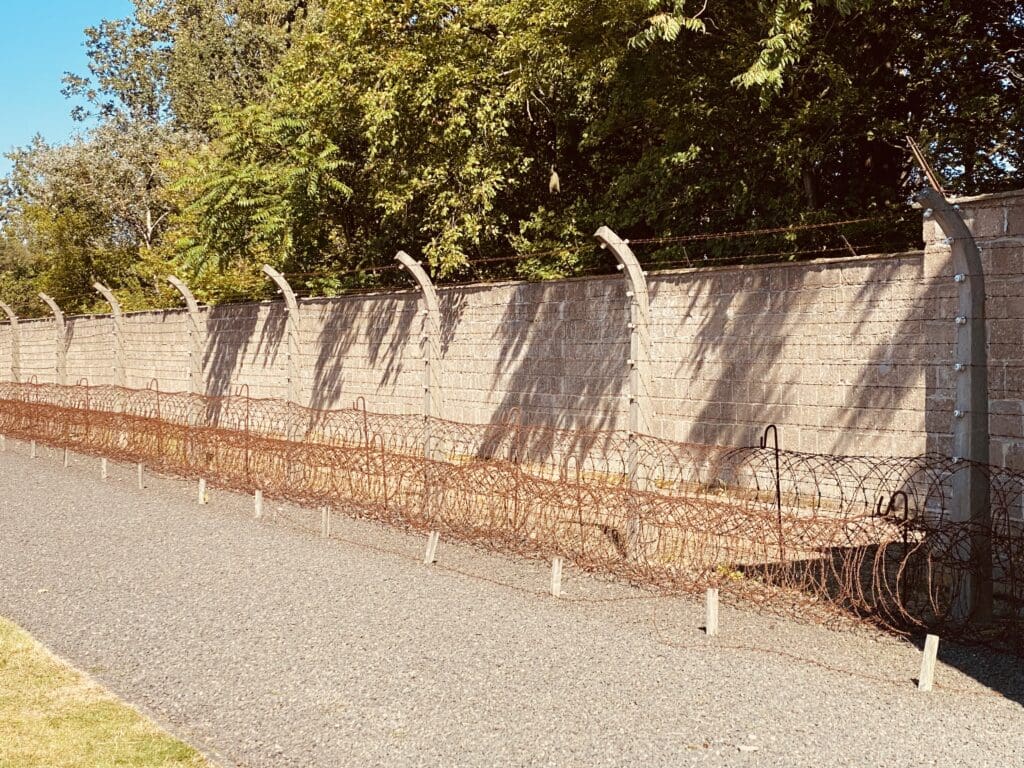
Another really jacked up thing that Germany did during the war was called Operation Bernhard. They used many counterfeiters that had been in their prisons to counterfeit British currency which they airdropped over London in order to jack up their economy. There is an Oscar winning foreign film about this called The Counterfeiters that may be of interest to some.

When Russia conquered Berlin, it was believed that Hitler committed suicide in his bunker near the Paris Square, just prior to it being bombed. There was a small memorial of sorts there, but us became a gathering place for Neo-Nazis (and later Antifa) and it was removed long ago and turned into a parking lot.
Most recently, it has come to light that the dental records used to identify Hitler’s remains were questionable. I am not going to get into all of the conspiracy theories, but the movie Downfall may be of interest to you.
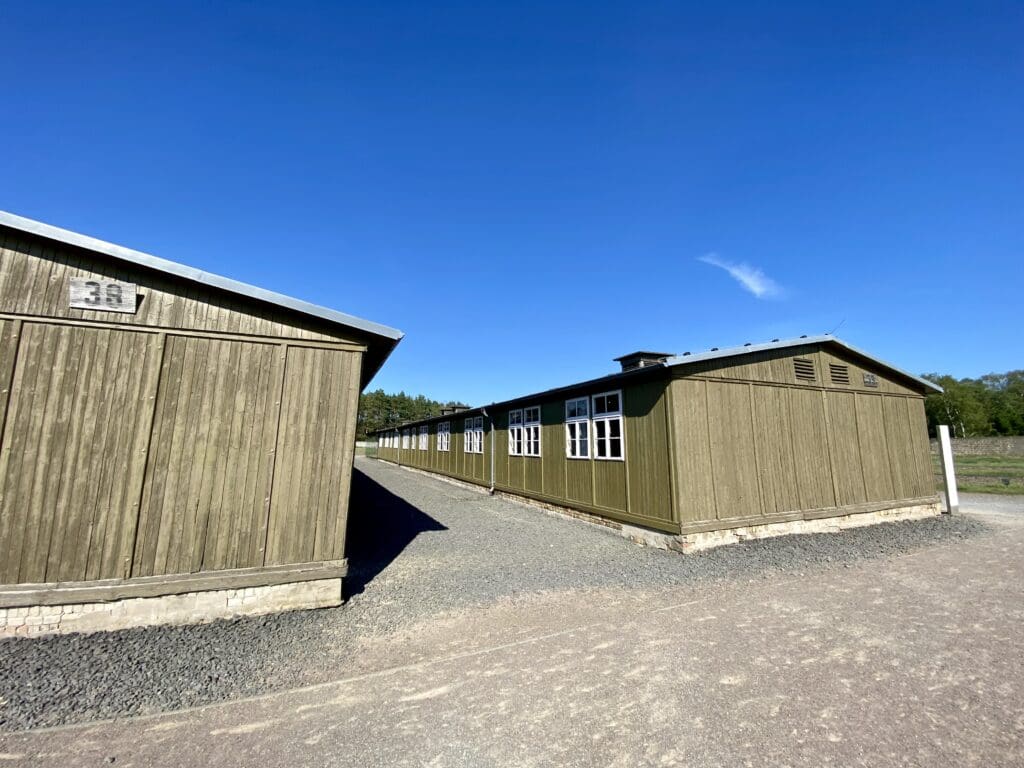
Brandenble gate was the main gate used by the Russians to enter Berlin at the end of WWII, and the square is still used today for celebrating many national events.
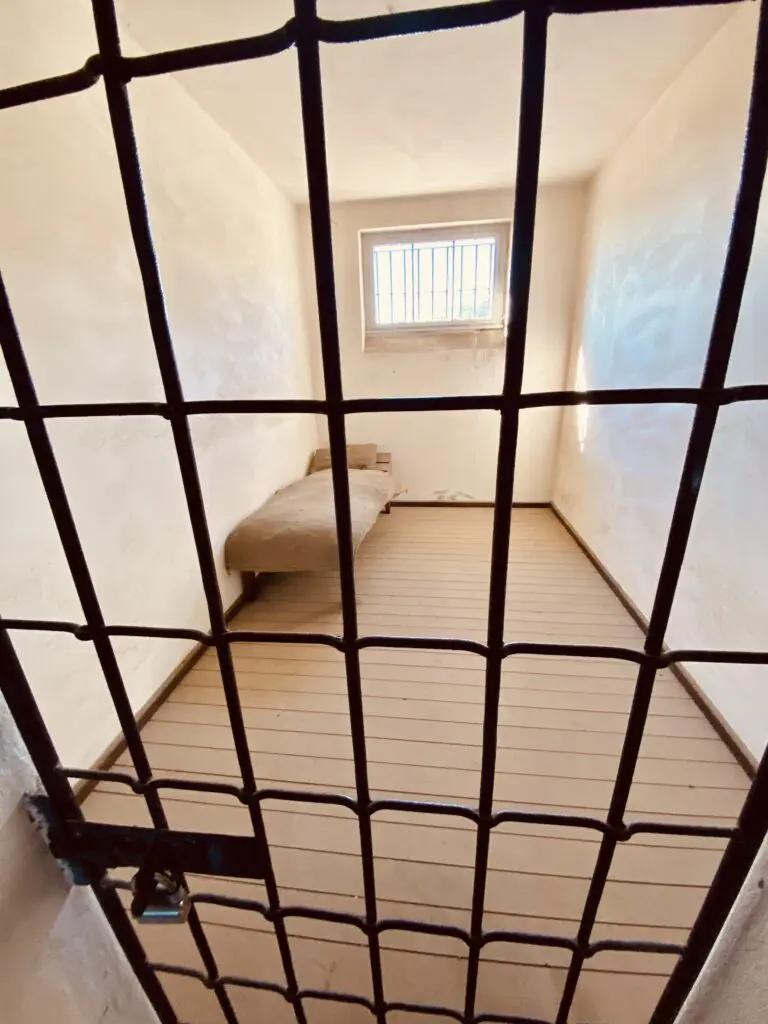
Tough day. I was glad to return to the ship.
Kiel
Having stopped at several interim destinations after leaving Warnemunde, we returned to Germany on August 9th, docking in the major maritime center in the city of Kiel (pronounced “Kiil”). Its population is a quarter million.
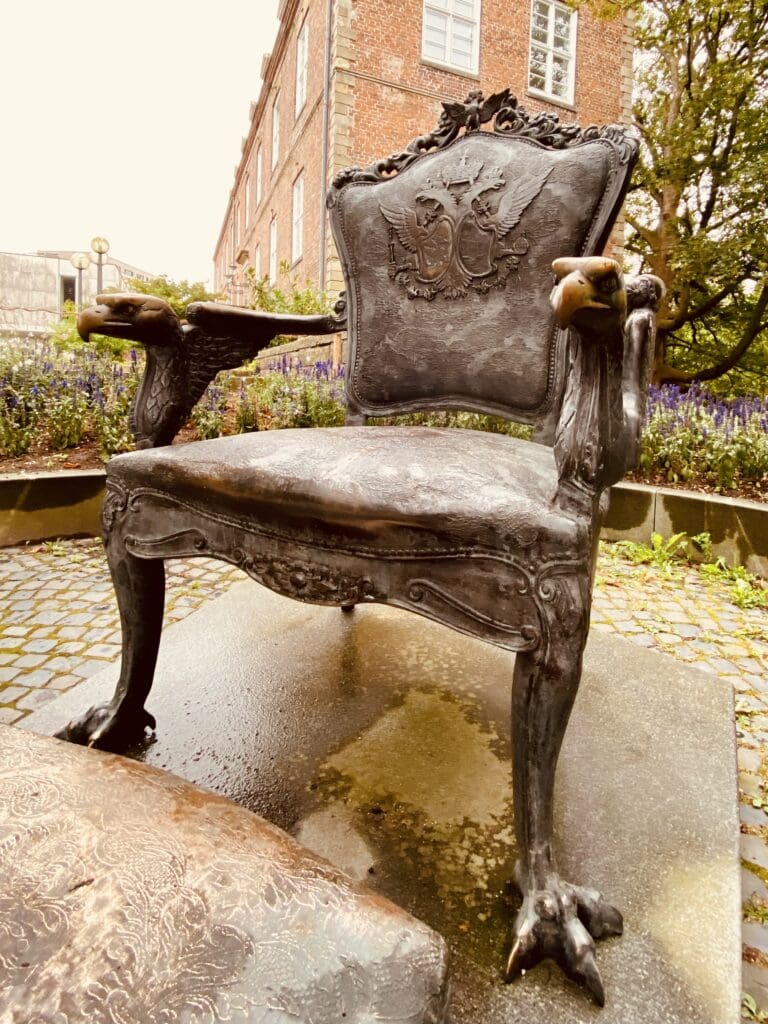
Kiel is located about 20 miles down a narrow fjord leading from the Baltic Sea. It is located in the south west corner of the Baltic, and is also connected to the North Sea by the Kiel Canal, which is reported to be “the world’s busiest man-made waterway.”
While Kiel is a larger town, and its economy is largely based on shipping and industrial activities, including building ships and submarines. They also have Europe’s leading marine science institutions.
We were hoping to visite the 350 year old Botanical Garden, but as luck would have it, we visited on a rainy day.
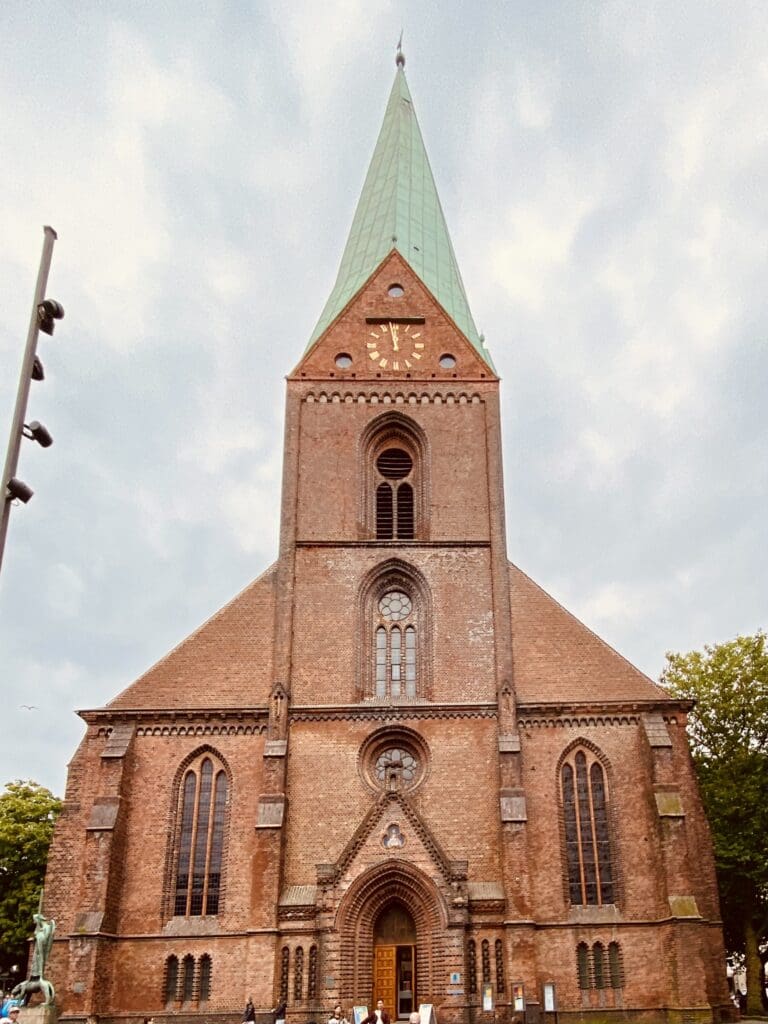
Luckily, they were kind enough to locate the fun part of town near where the ships dock. So we did enjoy a walk into town and a quick lunch between downpours. Nice enough town.
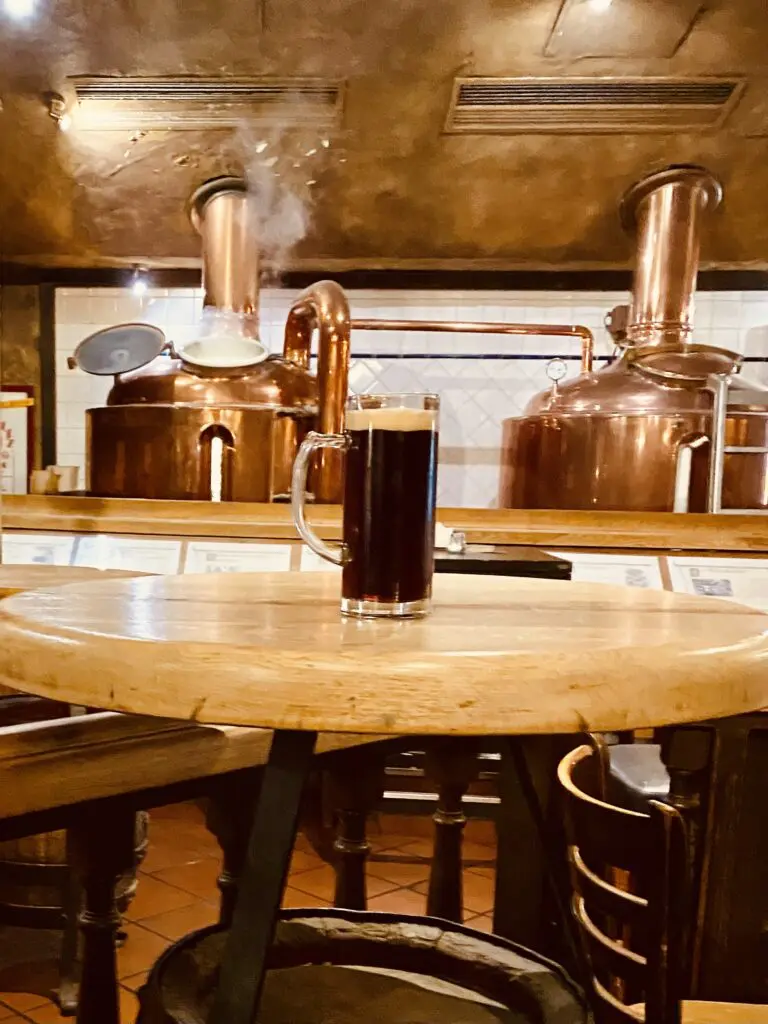
Kiel hosted the sailing sports for the 1927 Olympics. They still host an international event annually called the Regatta (which means “yacht races”).
Sixty-some percent of German highways do not have a speed limit. They are called the “Autobahn”. Zoom, zoom!
While today was somewhat uneventful, it did give me time to learn a few more facts about Germany, which I’ll share with you now.
Another little know fact is the first book printed using a printing press was the Gutenberg Bible, which was printers in 1455 by German inventor Johannes Gutenberg. This is the same fella that invented oil-based ink, and the metal fonts and storage cabinets used in the old fashion printing process.
This is especially cool for me because, in addition to learning how to print on these presses when I was in middle school, my grandfather (a first generation German American) ran these types of presses for a living after returning from WWII.
A statistic much more “germane” in today’s society is that Germany has over 1,500 different types of beers, and 1,000 types of sausages. So, the next time you find yourself in a German hauser, trinken up and make the wurst of it!
Okay, one last tidbit. A German gummy bear candy company offers city kids a deal. They collect acorns from the city, and trade them for candy. This controls the rat population, feeds the wild critters outside of town, and provides a booming business to the local dentists. Wunderbar!
Berlin is home to “Humboldt Universitaet”, where Albert Einstein present the Theory of Relativity to the world in a lecture to Physacists in 2015.
2000 books, including Einstein’s, were burned a few years later by German’s, because they were written by Jewish authors…
Hamburgers came from Germany. “Burg” (pronounce “boorg”) is German for castle or fortress. So the city of Hamburg translate to fortress of ham. So, Hamburger translates to “Citizen of Hamburg.” (Although I suppose it’s best to not think about this while you’re eating.)
Molitof is Russian for hammer, and is where the phrase “Molitof Cocktail” comes from.
Okay, that’s all I got. Thank you for visiting. Stop back by in a day or two, and I’ll tell you all about tomorrow’s visit to Copenhagen.
– Mike
“Life is like riding a bicycle. To keep your balance, you must keep moving.” – Albert Einstein

Recent Comments